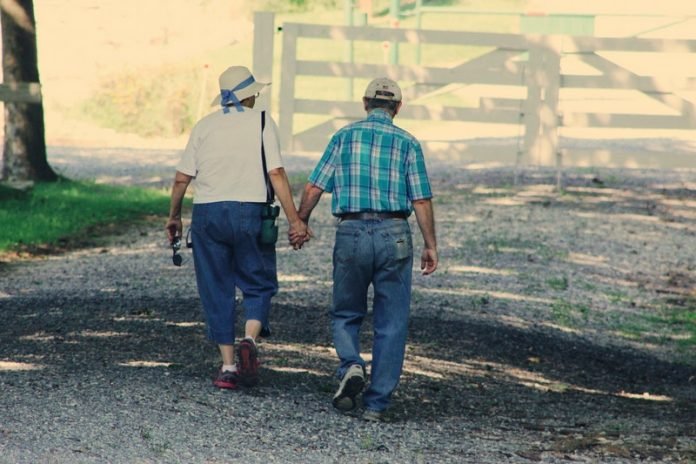
Each year millions of Americans, especially older adults, go to the emergency department after an injury from a fall.
“These falls can cause serious injuries—back fractures, hip fractures, as well as head trauma,” says Dr. David B. Reuben, a healthy aging expert at the University of California, Los Angeles, who co-leads one of the largest prevention studies for falling.
Some people are never able to return to their way of life before an injury.
Several kinds of health care providers can help those at risk of falling. “It’s actually a group effort,” Reuben says.
Your doctor can be the first step. They can develop a prevention plan and refer you to other types of providers if needed.
The biggest risk factor for being injured from a fall is being age 65 or older.
People younger than that may be at increased risk of falling when they engage in certain activities, like sports, or because of certain health conditions.
But children and young adults typically fall without being seriously injured.
People with weak bones are more likely to break a bone during a fall. As you get older, your bones become less dense. They get thinner and more spongy. If that goes too far, it’s called osteoporosis.
Osteoporosis makes your bones fragile. Having enough calcium and vitamin D can help keep your bones strong. So can getting treatment for osteoporosis if needed.
Other risk factors include finding it challenging to walk or keep your balance. Problems with foot pain or unsafe shoes can make these more difficult.
And certain medicines you’re taking might cause you to feel tired or woozy. Some people have a drop in blood pressure when they stand up. That can make you feel dizzy and fall.
As you age, your eyesight, hearing, and reflexes may not be as sharp as they once were.
Those changes can make it more likely you’ll stumble and fall. For older adults who have already fallen, the risk of falling is much greater.
See the Wise Choices box for ways to lower your risk of falling. Your doctor can help you make a personalized plan for preventing falls.
They may encourage you to work with a physical therapist to increase your strength and improve your balance. They can also prescribe devices like special footwear or a walking cane.
Your plan for preventing falls may include getting more physical activity. Studies have shown that both individual and group exercise classes can help older adults prevent falls.
Research suggests that this is true even for people 65 and older who are at higher risk of falls only because of their age.
You may also want to fall-proof your home. An occupational therapist can teach you about the safety hazards in your home. Keep your home tidy and well-lit to avoid stumbling over objects.
Also, avoid having small area rugs that you could trip on. Making a habit of holding onto the handrails when you use stairs can keep you safer, too.
If you fall, it’s important to tell your doctor, especially if you’re an older adult. “This is something that you really want to pay attention to,” Reuben advises. Your doctor can help you make changes in your life to prevent another fall.



